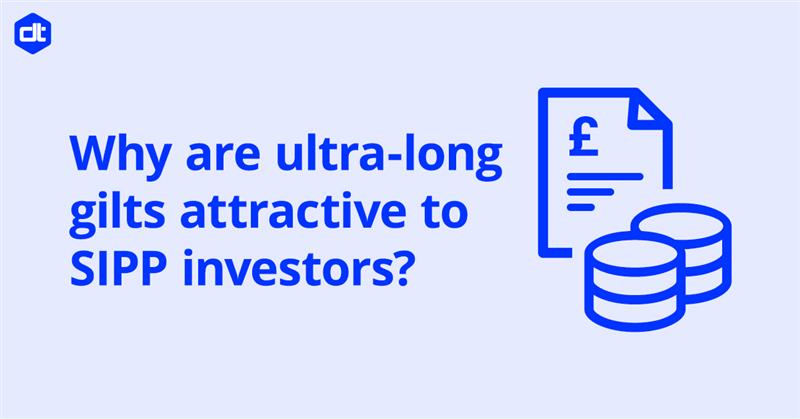Why are ultra long dated gilts attractive to Sipp investors?
24 July 2025
 First seen in Money Marketing
First seen in Money Marketing
One of my favourite Warren Buffett quotes is in his 1986 letter to shareholders, “We simply attempt to be greedy only when others are fearful”. Now thirty-nine years old, this advice remains timeless, and I was reminded of it today when looking at the ultra long gilts market.
The ultra long gilts market
The Treasury’s Debt Management Office (DMO) did manage to get away their issue of T56, a new gilt that matures in 2056. But despite offering a juicy coupon of 5.375%, they had to sell at a discount, issuing it below par. It fell still further in its first few days trading, moving out to a yield of 5.5%.
It seems that the very long end of the yield curve is just not attracting investors at present. The syndication of T56 raised just £4bn for the Treasury’s coffers, compared to the 2035 gilt they issued back in February which raised £13bn. Meanwhile the DMO is scaling back plans for further long dated gilt issues, which it now intends to fill only 10% of its borrowing requirements compared to the 20% target it had a year ago. The DMO explicitly cites “prevailing market conditions, including the relative cost of issuance across the maturity spectrum”.
Why are ultra-long gilts attractive to SIPP investors?
 Ultra long gilts such as the Treasury 5.375% 2056 could prove especially attractive to Sipp investors, particularly those in Income Drawdown, or those aged 50+ for whom the point of starting to draw an income is beginning to feature in client discussions.
Ultra long gilts such as the Treasury 5.375% 2056 could prove especially attractive to Sipp investors, particularly those in Income Drawdown, or those aged 50+ for whom the point of starting to draw an income is beginning to feature in client discussions.
The obvious appeal is the annual income, a guaranteed stream for the next thirty years at a rate – depending on the daily price when purchased – over 5%. Gilts are regarded as free from any risk of default, and Government cannot change the term, so it really will keep on pumping out that income for thirty years. A holding of T56 would be a pretty useful foundation to build a regular retirement off.
Of course, your client could buy an annuity to give that baseload income. But the annuity income will stop on death, whereas long dated gilts will keep on giving that income to whoever it is that inherits the left-over pot on death. And if your client is fortunate to enjoy a long retirement and is still living in 2056, then T56 will return the nominal capital in full as a final bullet payment.
Gilts are also easy to hold, with Sipp platforms generally charging low fees for housing the gilt. And with a simple buy and hold strategy, there will be a complete absence of transaction costs.
For many years Sipp investors have barely looked at gilts, with low returns typifying the market and final salary pensions pushing to the front of queue to buy them. But that Liz Truss mini-Budget and the collapse of LDI investing have changed all that. The historic holders of ultra long gilts now appear fearful, so perhaps this is the moment for Sipp investors to be greedy!
Dunstan Thomas Products Contact Us
Adrian Boulding
Director of Retirement Strategy at Dunstan Thomas
023 9282 2254
enquiries@dthomas.co.uk